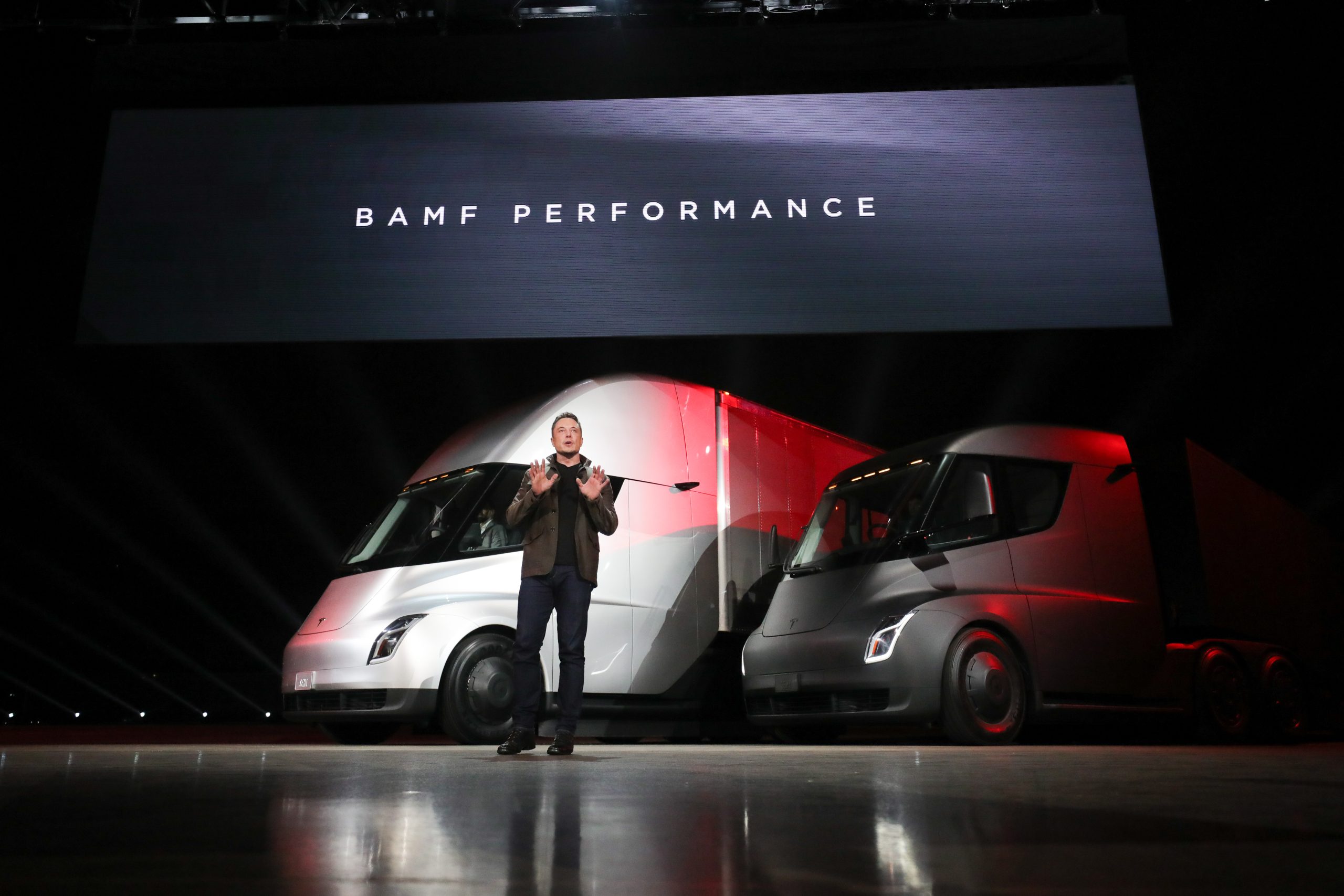

News
Tesla’s battery supply constraint is ending, price parity with gas cars is at hand
Tesla’s Semi is coming, and it will be here sooner than expected. But the production of the vehicle could be pointing to one thing: Tesla is no longer battery constrained.
Past the face value portion of the story, something much bigger is happening. While the Semi entering a “volume production” phase is big news, the development of the commercial vehicle comes at a time where battery production for Tesla seems to be the main focus of the electric automaker.
In Q3 2019, CEO Elon Musk indicated that a shortage of battery cells primarily drove the Semi’s delay. If Tesla wanted to start producing the Semi, the company would have to make cells available for it. That would mean one thing: cutting back on cells utilized for Tesla’s mass-market vehicles, which at the time was the Model 3.
Building the Semi before a sufficient battery production and supply chain was established would have been detrimental to the company’s long-term plans. Of course, the Model 3 has been Tesla’s most popular vehicle since it started deliveries in 2017. Its affordability has helped Tesla reach a new market, which was all apart of Elon’s original Master Plan.
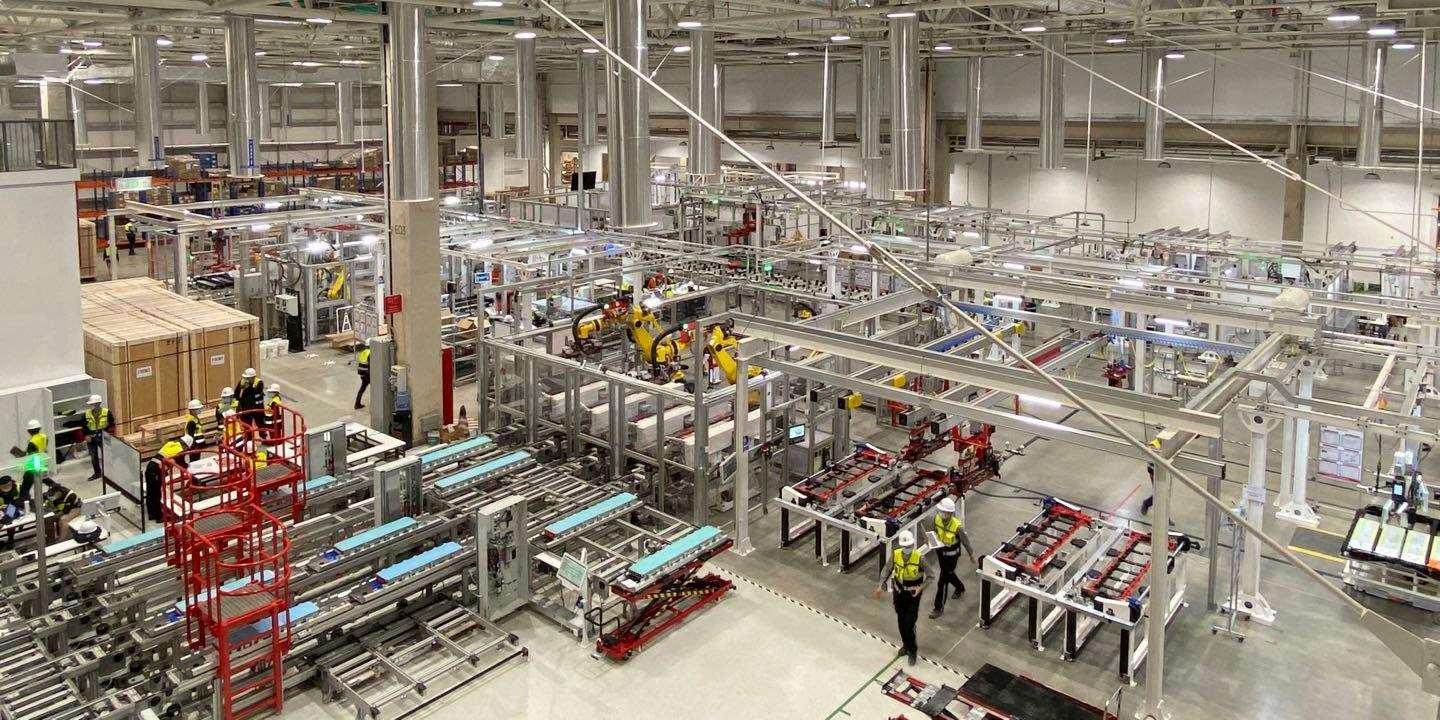
With the Model Y now being produced in Fremont, Tesla now has two mass-market vehicles that are affordable by a vast segment of the population. Ultimately, this means that Tesla needed to levy a majority of its available lithium-ion cells for the Model 3 and Model Y. Unfortunately, the Semi just was not a priority over those two cars. Why would it be? The Model 3 (and Model Y now) are Tesla’s two top sellers. Therefore, the battery needs pointed toward the 3 and the Y, with Semi production being dependent on the availability of battery cells.
If we think about Musk’s statement from Q3, he indicated that the Semi production would be based on when Tesla could manufacture the appropriate amount of lithium-ion batteries to power the Class 8 vehicle. Although demand for the 3 and the Y continues to increase, so is Tesla’s production rate, and it could be indicative that the Silicon Valley-based electric car maker is pumping out enough batteries to produce all of its vehicles without any worries of possible cell shortages.
Ultimately, this idea could lead to another significant development in the EV world as a whole, and that is price parity.
For a long time, analysts have pinpointed the electric vehicle movement’s price parity at $100/kWh for battery cell production. This means that when cells are produced at a high enough rate, batteries will be lower in cost. Then, electric cars will be the same price as gas-powered machines, making the argument of “EVs are too expensive” obsolete.
The Tesla Model 3 Performance utilizes a 75 kWh battery pack. If battery production is at $120/kWh, this would mean that the Model 3 Performance’s battery pack costs $9,000 to produce. The car’s $54,990 price tag, hypothetically at $120 per kWh, is made up of a battery pack that costs about $9,000.
If Tesla could produce batteries at a high enough rate where the cost per kWh could come down to $100, the battery pack would only cost $7,500 to build, meaning an additional $1,500 comes off the price of the vehicle altogether. Tesla’s goal is to produce enough battery cells to justify this pricing point for its cars. Also, $100/kWh is just the price parity point, and not where the cost will ultimately end up. If demand continues to increase and battery cell production keeps growing, the cost could get even lower.
If Tesla has enough batteries to justify producing mass quantities of the Model 3 and Model Y, along with the sizable battery packs of the Semi, parity could be coming sooner than expected. Most analysts indicated 2023 as the year when battery production would be on a level where EV prices could compete with their petrol-powered counterparts.
However, if the Semi is ready for a production run now, Tesla may have enough cells to introduce a more affordable pricing model for its vehicles. This could, in turn, lead to even higher production numbers, increased demand, and a sharp increase in the company’s delivery numbers.
The announcement of the Tesla Semi meant much more than the company producing its commercial vehicle. It means batteries are no longer in restricted amounts, the technology is improving, and the prices of the company’s vehicles could be coming down soon. With this, it appears that Elon Musk’s endgame with his Master Plan may be getting closer to reality.

Elon Musk
SpaceX’s Starship FL launch site will witness scenes once reserved for sci-fi films
A Starship that launches from the Florida site could touch down on the same site years later.
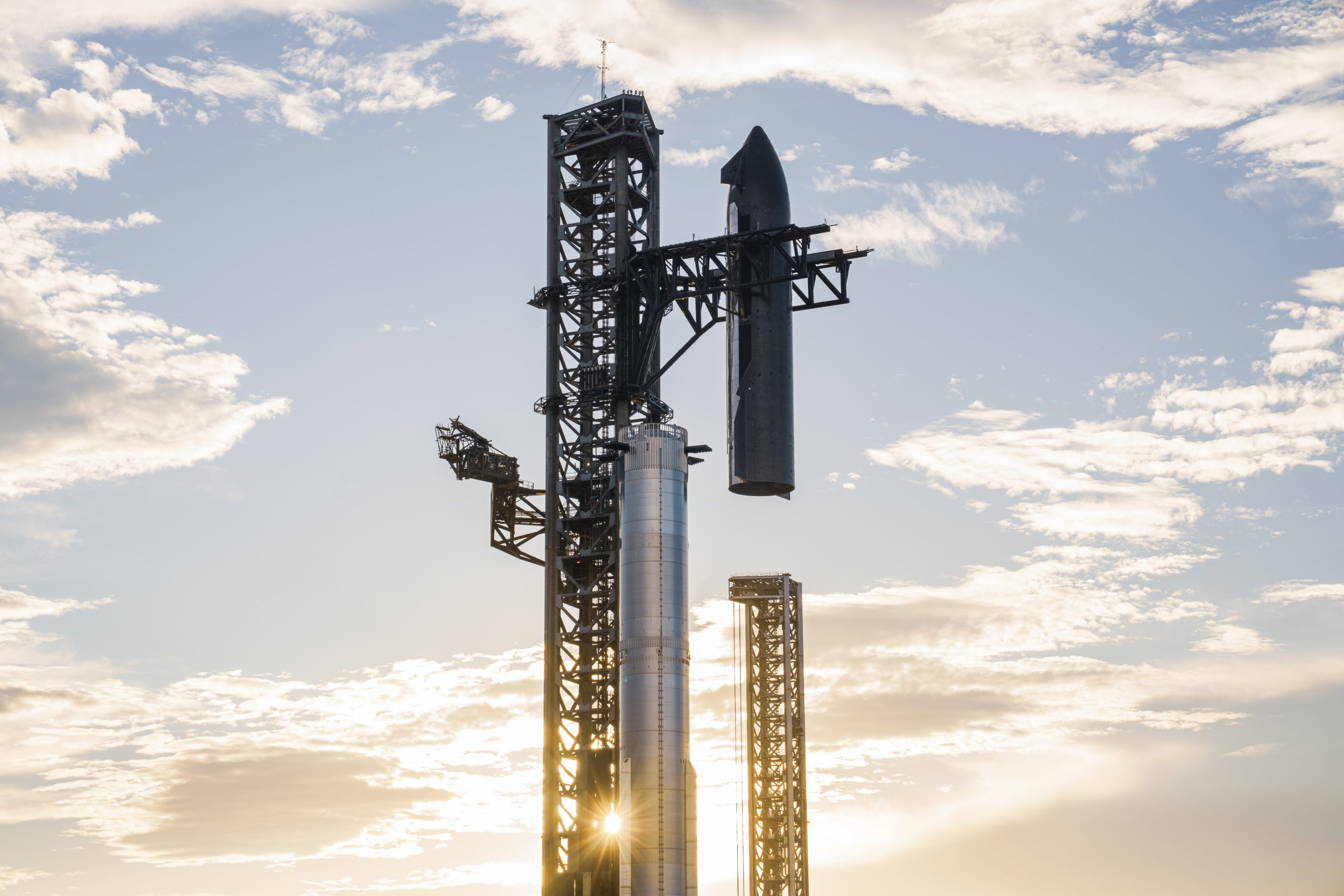
The Department of the Air Force (DAF) has released its Final Environmental Impact Statement for SpaceX’s efforts to launch and land Starship and its Super Heavy booster at Cape Canaveral Space Force Station’s SLC-37.
According to the Impact Statement, Starship could launch up to 76 times per year on the site, with Super Heavy boosters returning within minutes of liftoff and Starship upper stages landing back on the same pad in a timeframe that was once only possible in sci-fi movies.
Booster in Minutes, Ship in (possibly) years
The EIS explicitly referenced a never-before-seen operational concept: Super Heavy boosters will launch, reach orbit, and be caught by the tower chopsticks roughly seven minutes after liftoff. Meanwhile, the Starship upper stage will complete its mission, whether a short orbital test, lunar landing, or a multi-year Mars cargo run, and return to the exact same SLC-37 pad upon mission completion.
“The Super Heavy booster landings would occur within a few minutes of launch, while the Starship landings would occur upon completion of the Starship missions, which could last hours or years,” the EIS read.
This means a Starship that departs the Florida site in, say, 2027, could touch down on the same site in 2030 or later, right beside a brand-new stack preparing for its own journey, as noted in a Talk Of Titusville report. The 214-page document treats these multi-year round trips as standard procedure, effectively turning the location into one of the world’s first true interplanetary spaceports.
Noise and emissions flagged but deemed manageable
While the project received a clean bill of health overall, the EIS identified two areas requiring ongoing mitigation. Sonic booms from Super Heavy booster and Starship returns will cause significant community annoyance” particularly during nighttime operations, though structural damage is not expected. Nitrogen oxide emissions during launches will also exceed federal de minimis thresholds, prompting an adaptive management plan with real-time monitoring.
Other impacts, such as traffic, wildlife (including southeastern beach mouse and Florida scrub-jay), wetlands, and historic sites, were deemed manageable under existing permits and mitigation strategies. The Air Force is expected to issue its Record of Decision within weeks, followed by FAA concurrence, setting the stage for rapid redevelopment of the former site into a dual-tower Starship complex.
SpaceX Starship Environmental Impact Statement by Simon Alvarez
News
Tesla Full Self-Driving (FSD) testing gains major ground in Spain
Based on information posted by the Dirección General de Tráfico (DGT), it appears that Tesla is already busy testing FSD in the country.
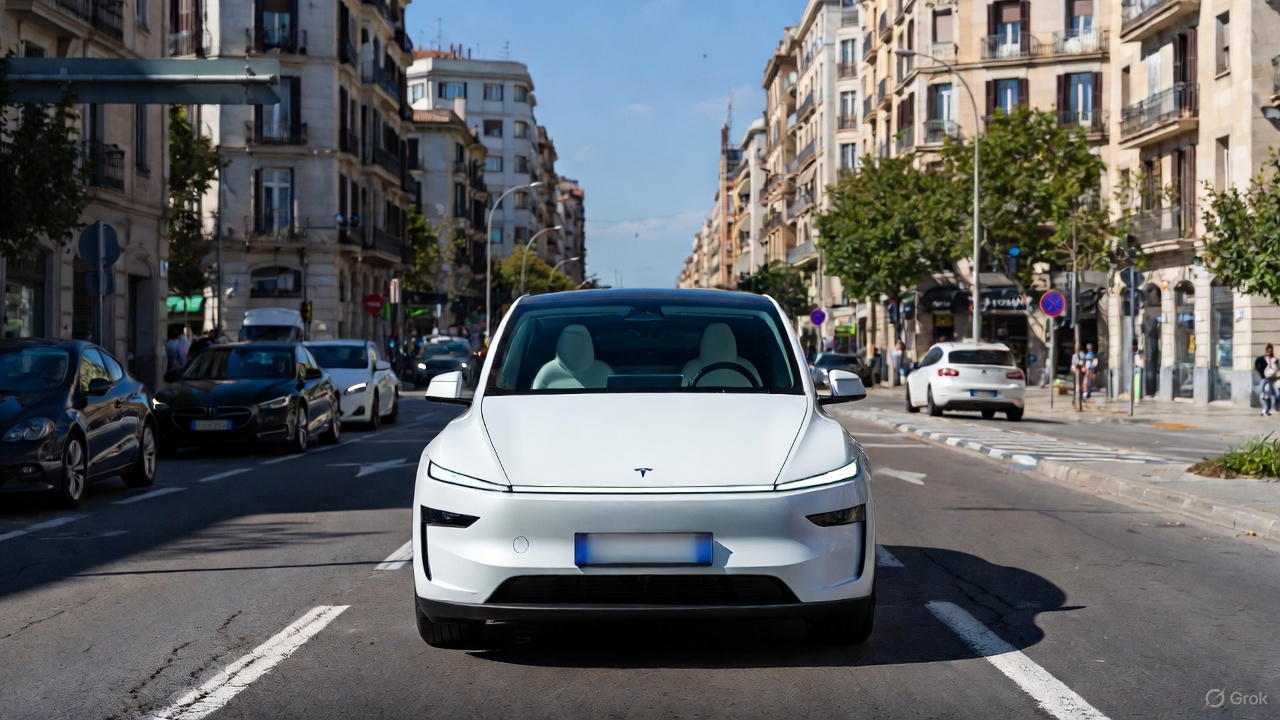
Tesla’s Full Self-Driving (Supervised) program is accelerating across Europe, with Spain emerging as a key testing hub under the country’s new ES-AV framework program.
Based on information posted by the Dirección General de Tráfico (DGT), it appears that Tesla is already busy testing FSD in the country.
Spain’s ES-AV framework
Spain’s DGT launched the ES-AV Program in July 2025 to standardize testing for automated vehicles from prototypes to pre-homologation stages. The DGT described the purpose of the program on its official website.
“The program is designed to complement and enhance oversight, regulation, research, and transparency efforts, as well as to support innovation and advancements in automotive technology and industry. This framework also aims to capitalize on the opportunity to position Spain as a pioneer and leader in automated vehicle technology, seeking to provide solutions that help overcome or alleviate certain shortcomings or negative externalities of the current transportation system,” the DGT wrote.
The program identifies three testing phases based on technological maturity and the scope of a company’s operations. Each phase has a set of minimum eligibility requirements, and applicants must indicate which phase they wish to participate in, at least based on their specific technological development.
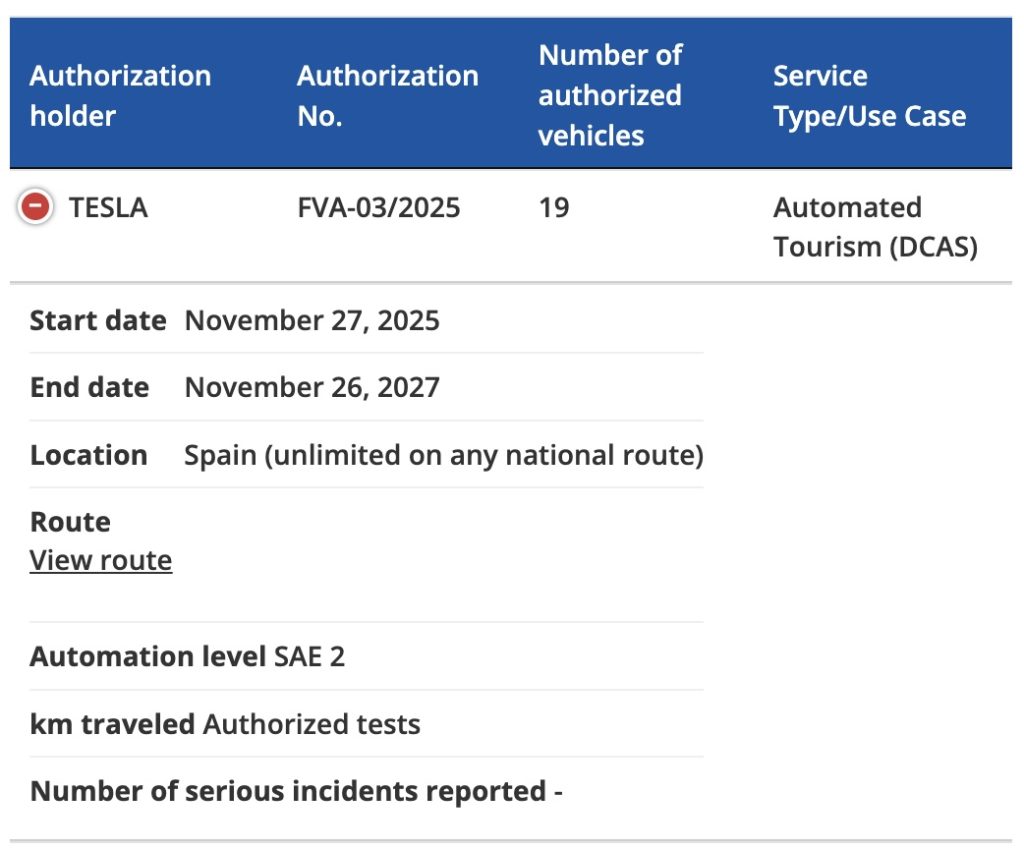
Tesla FSD tests
As noted by Tesla watcher Kees Roelandschap on X, the DGT’s new framework effectively gives the green flight for nationwide FSD testing. So far, Tesla Spain has a total of 19 vehicles authorized to test FSD on the country’s roads, though it would not be surprising if this fleet grows in the coming months.
The start date for the program is listed at November 27, 2025 to November 26, 2027. The DGT also noted that unlimited FSD tests could be done across Spain on any national route. And since Tesla is already in Phase 3 of the ES-AV Program, onboard safety operators are optional. Remote monitoring would also be allowed.
Tesla’s FSD tests in Spain could help the company gain a lot of real-world data on the country’s roads. Considering the scope of tests that are allowed for the electric vehicle maker, it seems like Spain would be one of the European countries that would be friendly to FSD’s operations. So far, Tesla’s FSD push in Europe is notable, with the company holding FSD demonstrations in Germany, France, and Italy. Tesla is also pushing for national approval in the Netherlands in early 2026.
News
Tesla FSD V14.2.1 is earning rave reviews from users in diverse conditions
Tesla’s Full Self-Driving (Supervised) software continues its rapid evolution, with the latest V14.2.1 update drawing widespread praise.

Tesla’s Full Self-Driving (Supervised) software continues its rapid evolution, with the latest V14.2.1 update drawing widespread praise for its smoother performance and smarter decision-making.
Videos and firsthand accounts from Tesla owners highlight V14.2.1 as an update that improves navigation responsiveness, sign recognition, and overall fluidity, among other things. Some drivers have even described it as “more alive than ever,” hinting at the system eventually feeling “sentient,” as Elon Musk has predicted.
FSD V14.2.1 first impressions
Early adopters are buzzing about how V14.2.1 feels less intrusive while staying vigilant. In a post shared on X, Tesla owner @LactoseLunatic described the update as a “huge leap forward,” adding that the system remains “incredibly assertive but still safe.”
Another Tesla driver, Devin Olsenn, who logged ~600 km on V14.2.1, reported no safety disengagements, with the car feeling “more alive than ever.” The Tesla owner noted that his wife now defaults to using FSD V14, as the system is already very smooth and refined.
Adverse weather and regulatory zones are testing grounds where V14.2.1 shines, at least according to testers in snow areas. Tesla watcher Sawyer Merritt shared a video of his first snowy drive on unplowed rural roads in New Hampshire, where FSD did great and erred on the side of caution. As per Merritt, FSD V14.2.1 was “extra cautious” but it performed well overall.
Sign recognition and freeway prowess
Sign recognition also seemed to show improvements with FSD V14.2.1. Longtime FSD tester Chuck Cook highlighted a clip from his upcoming first-impressions video, showcasing improved school zone behavior. “I think it read the signs better,” he observed, though in standard mode, it didn’t fully drop to 15 mph within the short timeframe. This nuance points to V14.2.1’s growing awareness of temporal rules, a step toward fewer false positives in dynamic environments.
FSD V14.2.1 also seems to excel in high-stress highway scenarios. Fellow FSD tester @BLKMDL3 posted a video of FSD V14.2.1 managing a multi-lane freeway closure due to a police chase-related accident. “Perfectly handles all lanes of the freeway merging into one,” the Tesla owner noted in his post on X.
FSD V14.2.1 was released on Thanksgiving, much to the pleasant surprise of Tesla owners. The update’s release notes are almost identical to the system’s previous iteration, save for one line item read, “Camera visibility can lead to increased attention monitoring sensitivity.”









